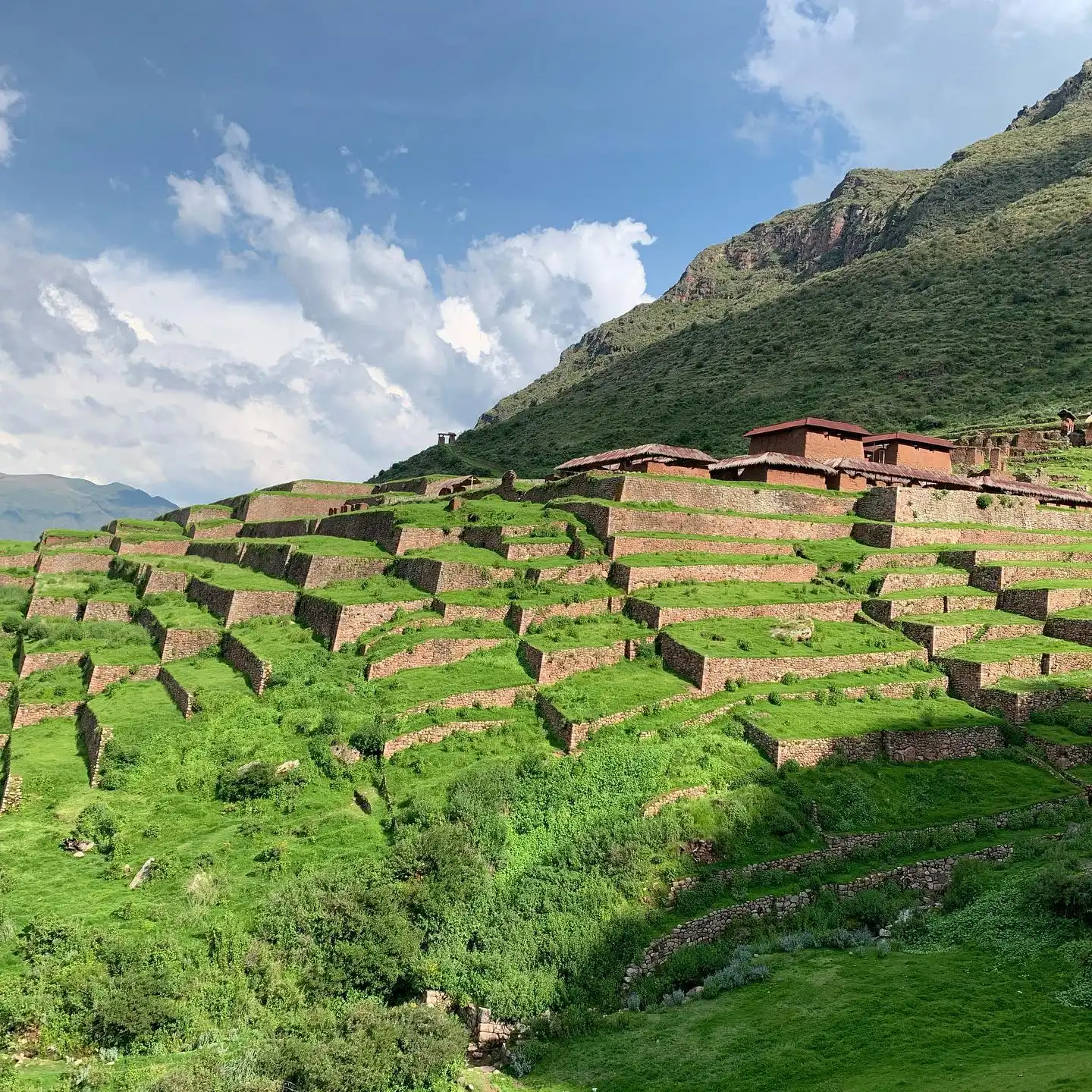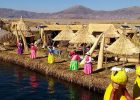If you are planning a trip to Cusco and looking to go beyond the usual destinations, Huchuy Qosqo should be on your list. You have probably heard of Huchuy Qosqo, whose name in Spanish translates to “Little Cusco.” This is a mystical place, full of history and culture, inviting you to travel back in time and discover a facet of the Inca legacy. Located high in the mountains, this archaeological site is a hidden gem. Although less known, it never fails to amaze with its charm and historical richness.
Here at Machu Picchu Wayna, we will accompany you in discovering its history, cultural significance, and all the practical details so that you can fully enjoy this fascinating destination.
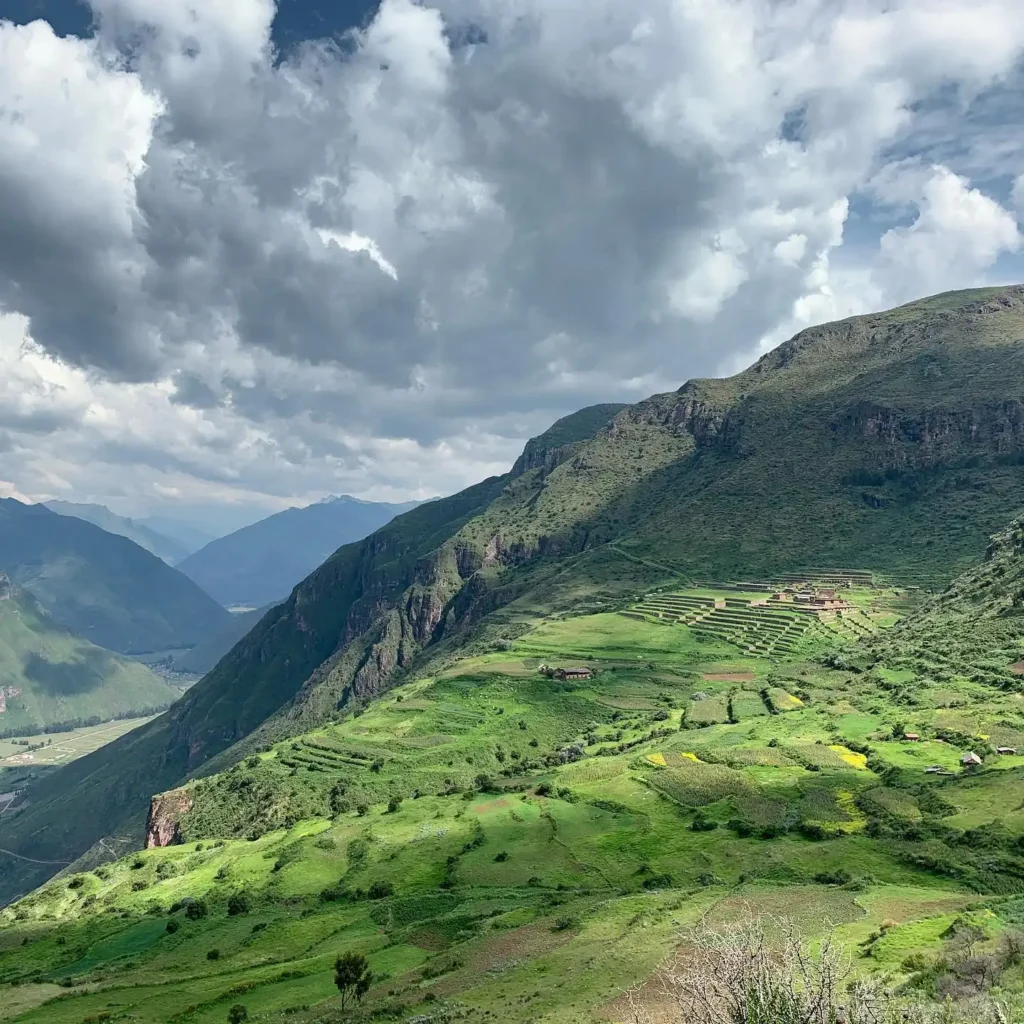
History of Huchuy Qosqo
Pre-Inca and Inca Period
Huchuy Qosqo has its roots in the Inca period, although it is suspected that the area may have been inhabited before the expansion of the Tahuantinsuyo. It was built during the reign of Inca Viracocha in the 15th century as an administrative, ceremonial, and strategic center in the Sacred Valley of the Incas. Its location, at 3,600 meters above sea level and with panoramic views of the valley, was ideal for controlling agricultural lands and trade routes in the region.
The site stands out for its architecture, which combines polished stone walls with adobe structures, demonstrating the Incas’ technical mastery in adapting to mountainous terrain.
Among the main structures are agricultural terraces designed to optimize food production, irrigation channels that still function, and a kallanka, a large rectangular enclosure used for ceremonies or important gatherings. It is said that Viracocha used Huchuy Qosqo as a refuge during the Chanca invasion, reinforcing its strategic and symbolic importance within the empire.
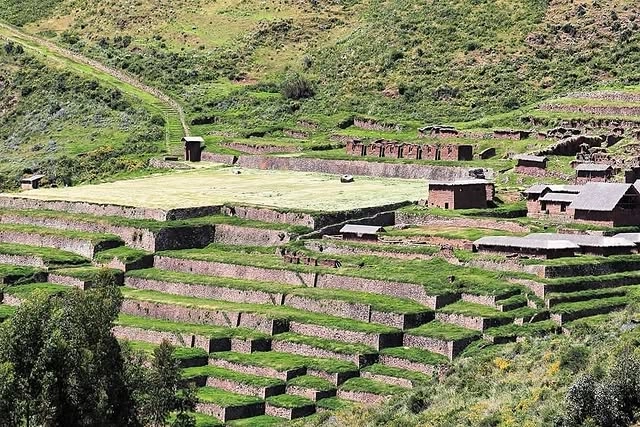
Colonial Period
With the arrival of the Spanish in the 16th century, Huchuy Qosqo lost its administrative and ceremonial function, becoming a colonial estate. The conquerors looted its wealth and modified some of its original structures to adapt them to the needs of the time. Adobe buildings were constructed on Inca foundations, partially altering its design but allowing certain areas of the site to be preserved.
During this period, the place was mainly used for agricultural activities, taking advantage of the terraces created by the Incas, which demonstrated remarkable efficiency in water and land management. Over time, the site was abandoned and covered by vegetation until it was rediscovered and recognized for its archaeological significance in the 20th century.
What was Huchuy Qosqo?
Huchuy Qosqo was much more than just a settlement. Its importance lay in its strategic location, which allowed the Incas to control and oversee the Sacred Valley. It functioned as a resting place and an administrative control center, ensuring that the empire’s resources and trade routes were well monitored.
Its design and layout also suggest that it was a site of spiritual and ceremonial significance, intended for the inhabitants of the Inca Empire and possibly the elite who visited the region.
Huchuy Qosqo Today
Today, Huchuy Qosqo stands as a tourist destination for those who wish to delve into the Inca legacy in a quieter and less visited setting than Machu Picchu.
This lesser-known place offers a serene experience that combines history and nature. Getting to Huchuy Qosqo is also part of the adventure, as it requires a hike along trails surrounded by Andean landscapes, providing an immersion into the region’s natural environment.
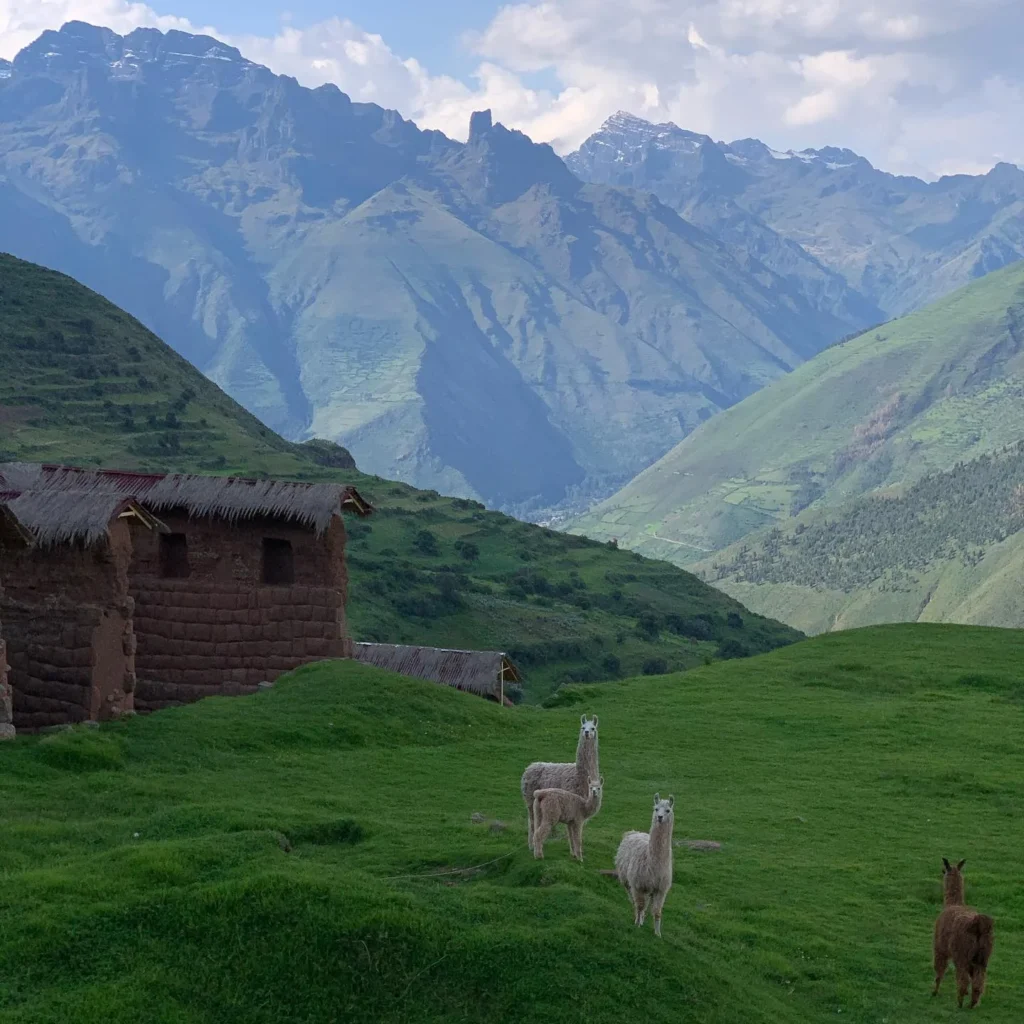
What is the meaning of Huchuy Qosqo?
The meaning of Huchuy Qosqo in Quechua is “Little Cusco” in Spanish. This name reflects the symbolic and strategic importance the site held during the Inca Empire, as it was seen as a smaller and less centralized representation of the great capital, Cusco.
What to See in Huchuy Qosqo?
Archaeological Zone
Huchuy Qosqo is home to a series of structures and archaeological areas that reveal the architectural skill of the Incas.
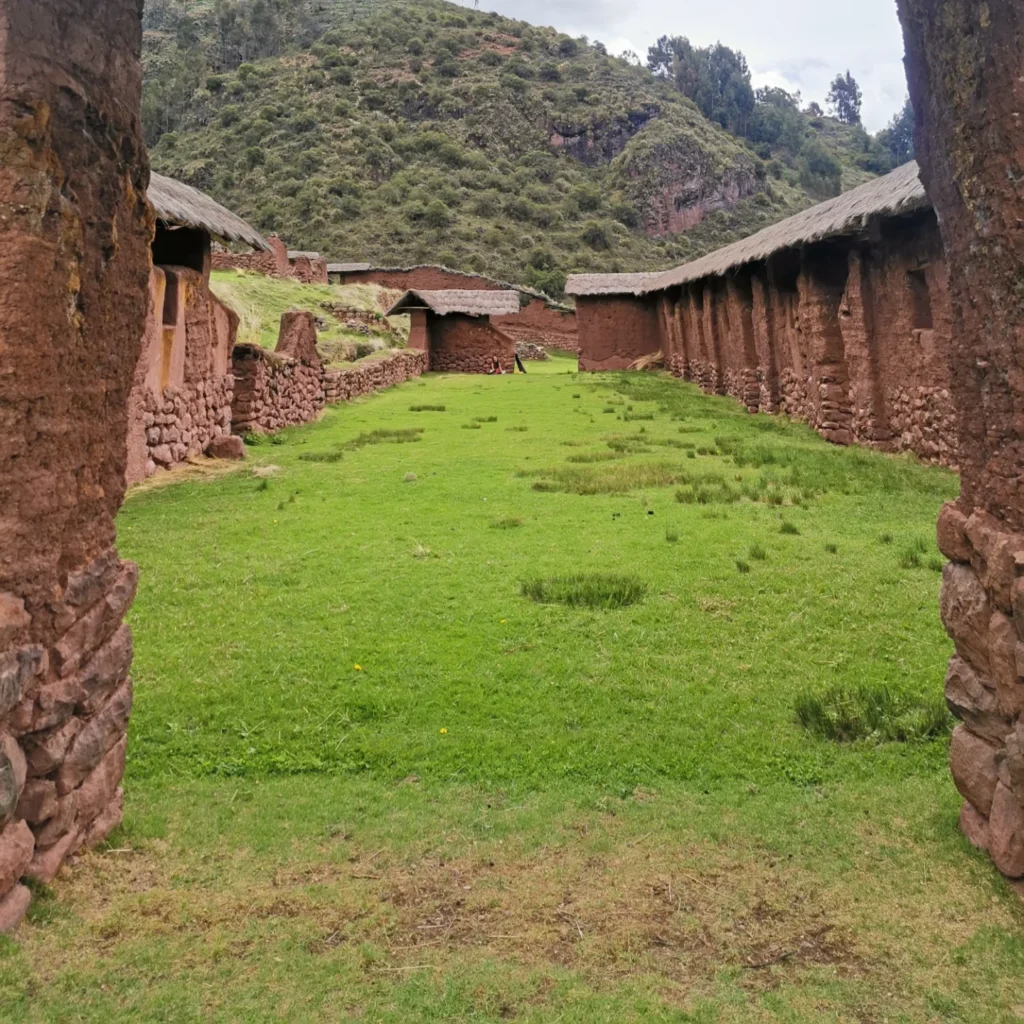
Main Esplanade or Central Plaza
The esplanade is the center of the site, a place where ceremonies and community events were likely held. From here, visitors can appreciate the surrounding valley and experience the same view that the Incas valued centuries ago.
The Terraces
The terraces are agricultural platforms built on the mountainsides, a technique the Incas used to maximize land use and control erosion. These terraces are a masterpiece of engineering, adapting to the steep terrain and showcasing the Incas’ connection with their natural environment.
The Enclosures or Buildings
Various stone enclosures or buildings are part of Huchuy Qosqo, likely used for administrative and residential purposes. Their design shows the precision of Inca architecture, with stone walls perfectly fitted without the use of mortar.
The Kallankas
A large rectangular building that was possibly used for ceremonies, meetings, or collective lodging.
Colonial Reservoir
One of the most curious structures in Huchuy Qosqo is a colonial reservoir, evidence of the site’s continued use during the Spanish period. This reservoir shows how the colonizers took advantage of Inca infrastructure, adapting it to their own needs.
The Inca Trail
Huchuy Qosqo connects with Cusco through one of the many Inca trails. Walking this path is experiencing the same route used by ancient inhabitants, surrounded by Andean landscapes that captivate with their natural beauty.
The Chinkana
The chinkana, or labyrinth, is a structure believed to have been used for ceremonial purposes and possibly as a testing space for young Inca nobility.
The Quarry
This area contains a quarry where the Incas extracted stones to build Huchuy Qosqo, providing insight into their expertise in material manipulation.
How to Get to Huchuy Qosqo
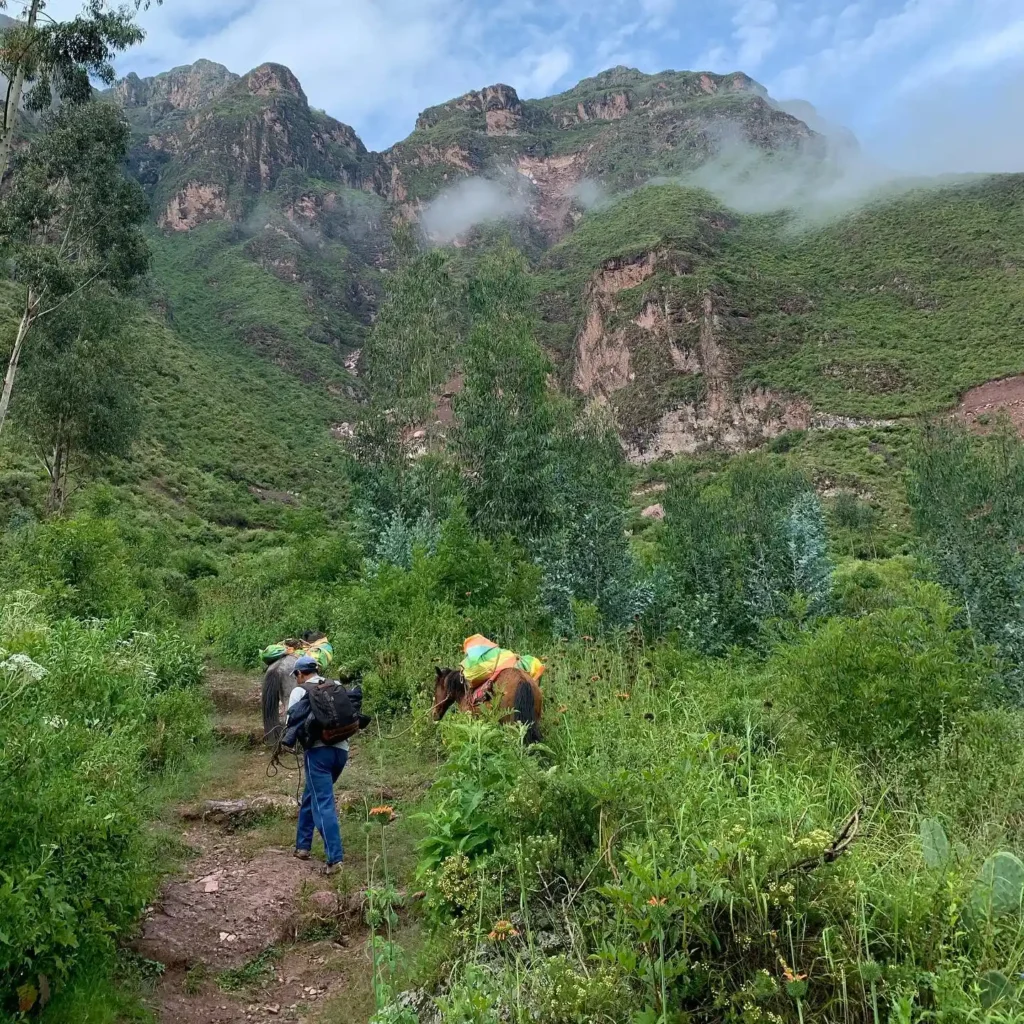
To reach Huchuy Qosqo, you need to follow a route that combines transportation and hiking. Here are the main options:
From Cusco:
- Transportation to the starting point: From Cusco, you can take transportation to the district of Lamay in the Sacred Valley of the Incas. You can go by taxi or hire a tour that takes you to the starting point of the hike.
- Hike to Huchuy Qosqo: From Lamay, the hike takes approximately 3 to 4 hours (depending on pace and trail conditions). The route passes through mountainous landscapes and valleys, making the journey both a challenge and a unique experience.
Alternative from the Chinchero side:
- If you prefer a more challenging approach, you can opt for a trek from Chinchero, which takes about 6 hours. This route is more demanding but offers beautiful views of the Andean landscape.
Climate in Huchuy Qosqo
Huchuy Qosqo has an Andean climate, with cool temperatures throughout the year. During the rainy season (November to March), precipitation is common, with daytime temperatures ranging from 12°C to 18°C and dropping to around 5°C at night.
During the dry season (April to October), the weather is sunnier and drier, with daytime temperatures ranging from 18°C to 22°C and cold nights, around 3°C to 5°C.
When is the Best Time to Visit Huchuy Qosqo?
The best time to visit Huchuy Qosqo is during the dry season, which runs from April to October. During these months, the weather is sunnier, and the trails are less slippery, making hikes easier. Daytime temperatures are pleasant, although nights remain cold.
If you prefer to avoid the rain and enjoy clearer landscapes, this is the ideal time for your visit. However, it is important to be prepared for cold nights and bring appropriate clothing.
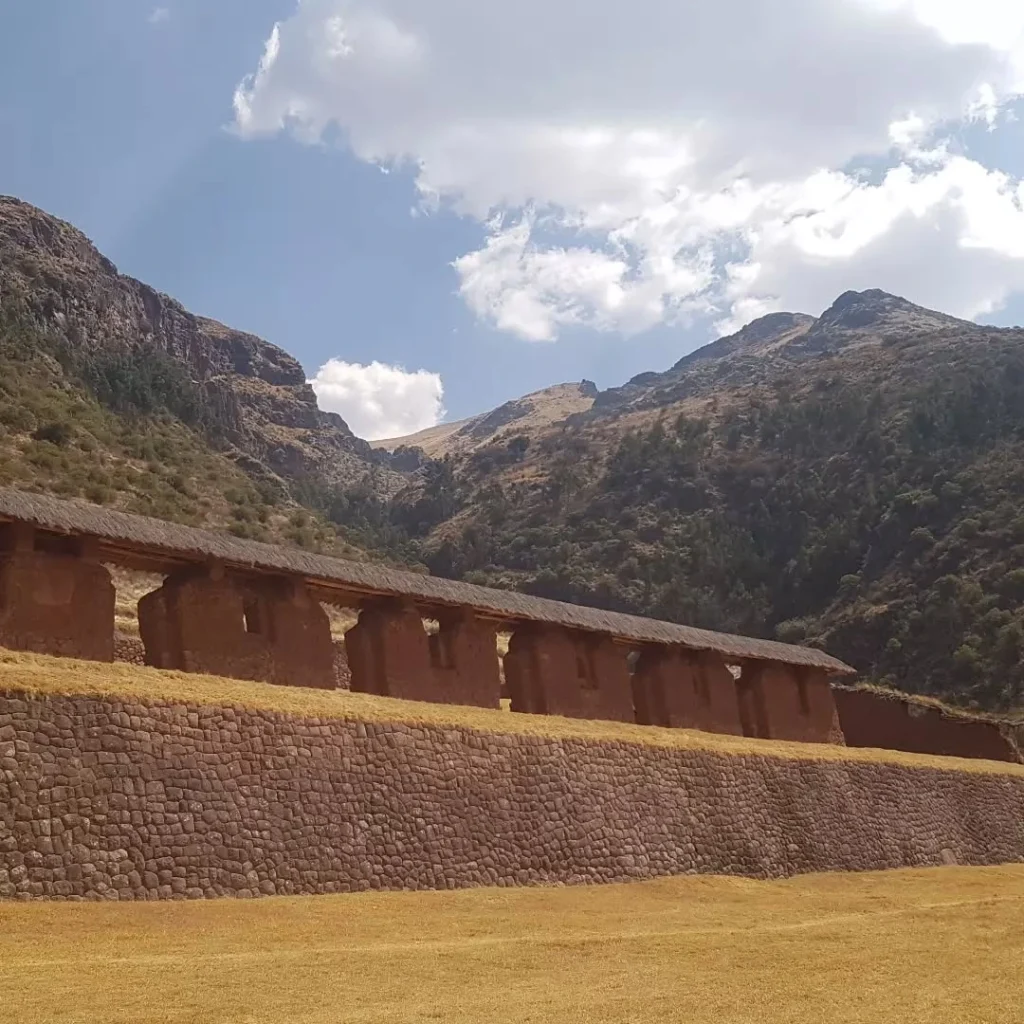
Practical Tips for Visiting Huchuy Qosqo
- Wear appropriate clothing: Temperatures change quickly, so bring warm clothing.
- Proper footwear: Use sturdy and comfortable hiking boots or shoes with good grip, as the trail can be steep and slippery.
- Sun protection: Although the weather may be cool, sun exposure can be intense at high altitudes. Bring sunscreen, sunglasses, and a hat.
- Hire a local guide: A guide can enhance your experience with valuable information.
- Stay hydrated and bring snacks: Carry enough water and some energy snacks for the hike, as the journey to Huchuy Qosqo can take several hours.
- Altitude: Huchuy Qosqo is located at 3,600 meters above sea level, so if you are not used to high altitudes, it is recommended to spend a few days in Cusco to acclimate before hiking.
- Respect the environment: Huchuy Qosqo is an important archaeological site, so it is essential to be respectful of the place, avoid damaging structures, and not leave any trash behind.
